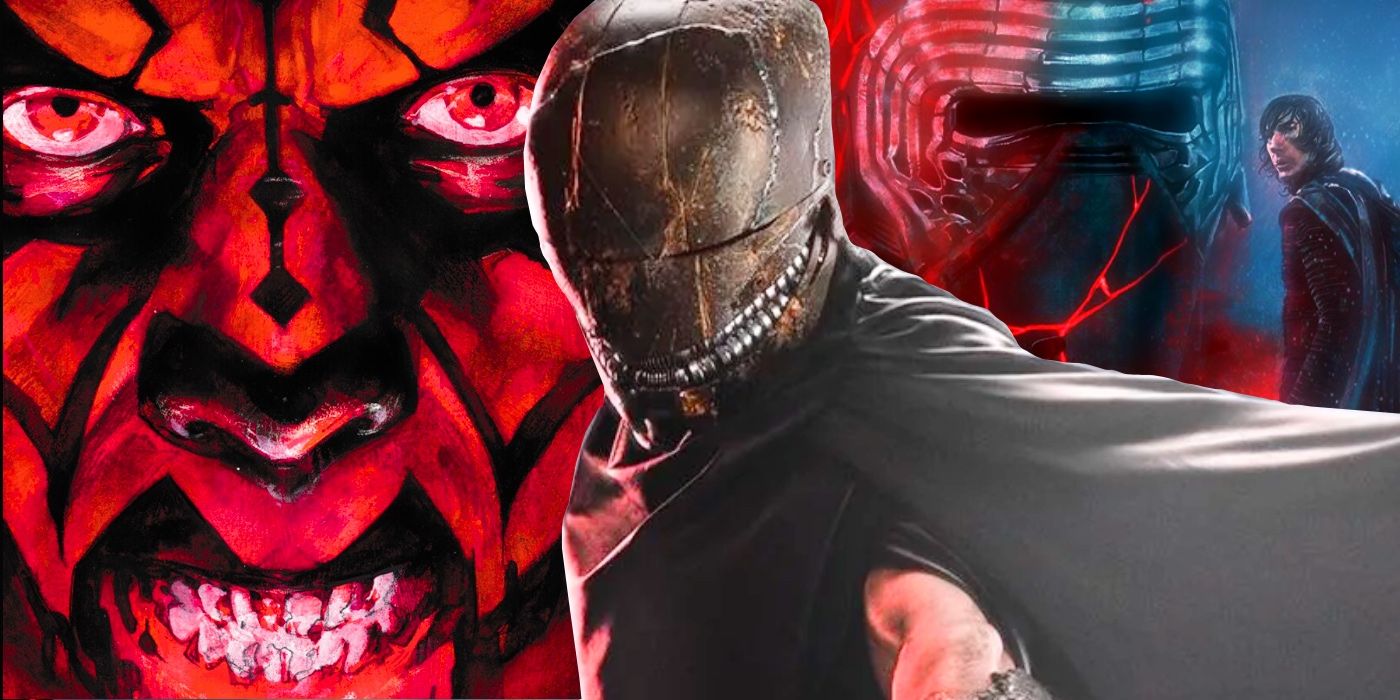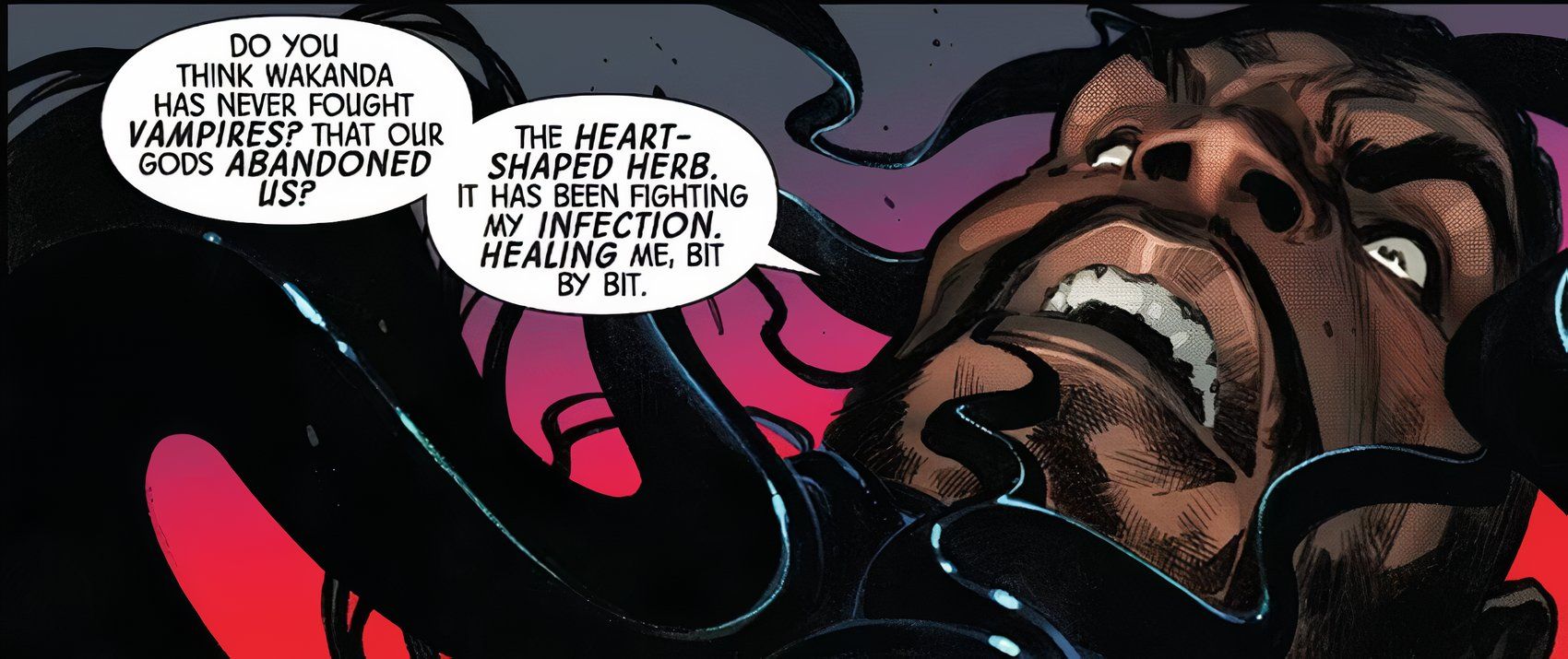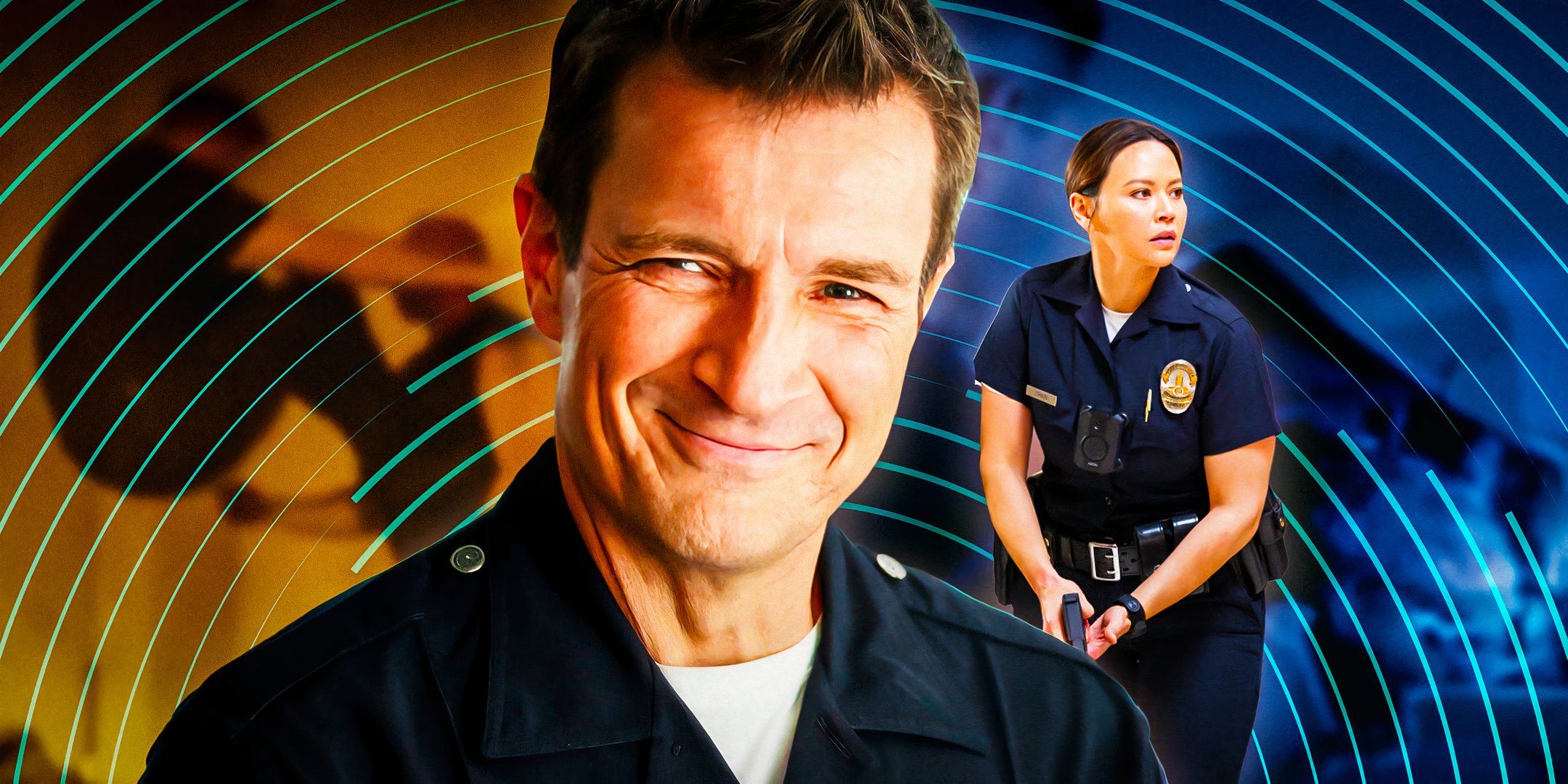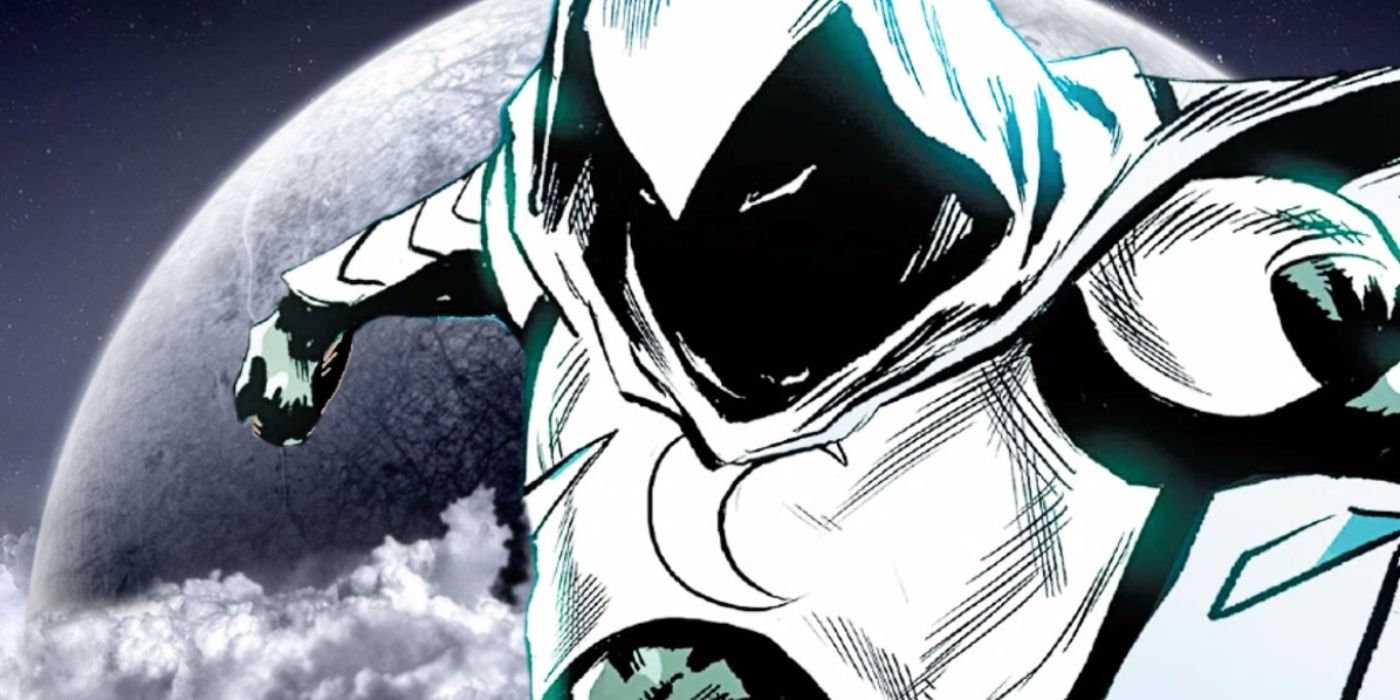Poor Things isn’t content with sticking with a single aesthetic throughout and instead opts to augment the emotion of certain scenes with a change between black-and-white imagery and vibrant color sequences. While the switch between these two styles isn’t the only notable filmmaking technique adopted by Poor Things, it’s certainly one of the most obvious. The change from black and white to color part-way through Poor Things is an eye-catching moment, but the beauty of the decision is that the movie manages to retain the same tone and feel despite the sudden overhaul.
Poor Things is an adaptation of a 1992 novel of the same name by Scottish author, Alasdair Gray. The story is a spin on Mary Shelley’s Frankenstein, with the all-star Poor Things cast guiding the audience through an adventure that’s equal parts comedy, drama, and horror. While the start and ending of Poor Things are both in color, a sizeable portion of the movie is shot in black and white. Not only that, the movie also makes use of various lenses and interesting camera angles to drive home the story’s themes.
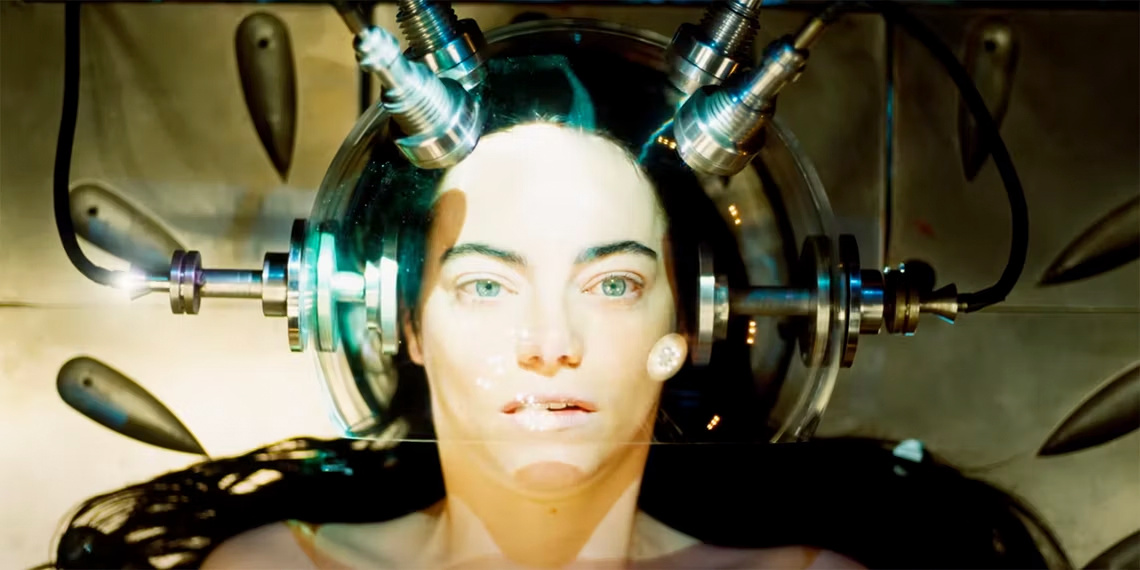
Related
Poor Things’ 10 Most Shocking Scenes, Ranked
Poor Things is one of the most shocking movies of recent years, filled with outrageous sex scenes and bursts of brutal, misogynistic violence.
Poor Things’ Black & White Scenes Highlight Bella’s Trapped & Inexperienced Life
The days before Bella’s freedom are represented as drab and colorless
After a brief dalliance with color at the beginning of the movie, Poor Things quickly becomes a largely black-and-white movie for a sizable portion of its runtime. Throughout this section of the film, Bella Baxter is under the direct influence of the limited number of people in her life, and she’s expected to do what each of them says as she develops from her child-like state. Emma Stone’s apple scene aside, Bella is shown to be trapped and unhappy, and the lack of color during this period in her life helps reinforce these negative emotions.
Poor Things‘ extended use of a limited color palette to represent Bella’s misery and yearning for adventure is also a clever signifier of her limited experiences. Most of what Bella knows in the early stages of the movie has been gleaned from her time within the walls of her home. As such, she isn’t capable of interpreting much to any degree of complexity. By keeping color out of the equation, the movie gives the impression that Bella is processing cold, hard facts rather than blending them with her own subjective point of view.
Poor Things Switching To Color Represents Bella’s Freedom & Exploration Of Life
Poor Things’ color section begins vibrant and becomes less so as the movie progresses
The black-and-white section of Poor Things ends at 41:10 when Bella is in Lisbon with Mark Ruffalo’s Duncan Wedderburn. This is the first scene in the movie where Bella is free and exploring the world with Duncan. To reflect Bella’s experiences being broadened to such an extensive degree, the shots are saturated with a wide array of colors and patterns. Even the sky is filled with shades that wouldn’t typically appear in reality. While Poor Things remains in color after the sudden switch, the colors in the frame don’t remain quite as vibrant.
As the movie progresses and Bella starts to realize that existence isn’t all fun and games, the colors become much more muted. By the movie’s end, Poor Things has intentionally ditched one of its most recognizable features. If it weren’t for the erratic camera angles and hybridized creatures, Poor Things could be mistaken for a fairly grounded movie at first glance. The eventual arrival at near-normality is a clever move to match Bella’s journey and represents her blending in. However, it also captures the reality that she will never be the same as everyone else due to her unconventional origins.
Why the Flashback Scene Of Bella/Bella’s Mother Is In Color
Victoria’s color scenes are a saddening parallel to those of her daughter
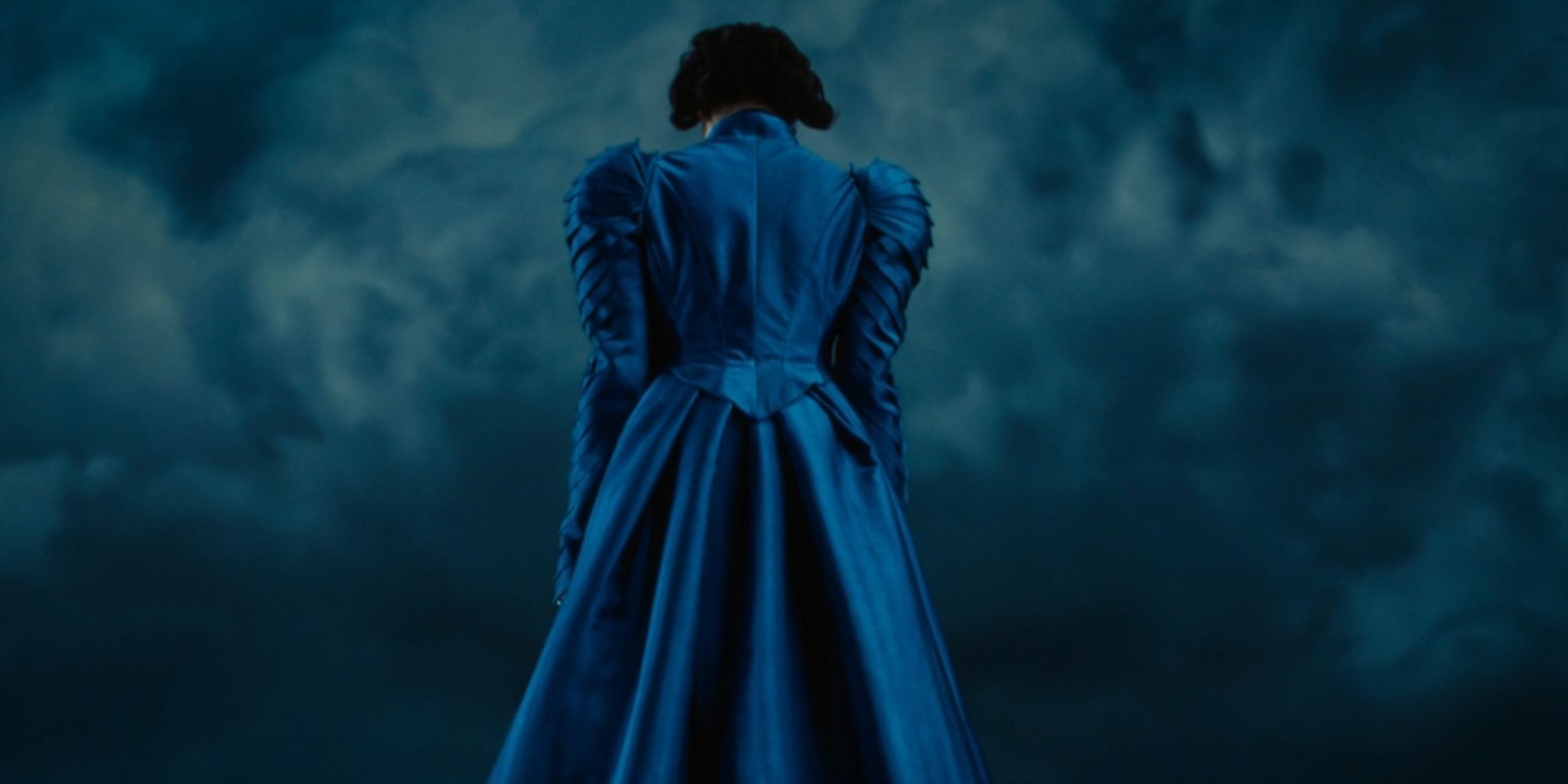
Bella’s adventuring isn’t Poor Things‘ only trigger for sending the movie into another color palette. Despite most of the earlier events of the movie being shown in black and white, Poor Things actually opens up in color. The first scene shows Emma Stone as Bella’s Mother, Victoria Blessington, choosing to end her life. While it may seem unusual for Poor Things to colorize one of its darkest moments, the reasoning is similar to why Bella’s scenes switch to a more eye-catching style.
When Victoria’s husband is introduced late into Poor Things, it quickly becomes evident that he’s an awful person. Just as Bella is freed when she explores the outside world, it could be argued that Victoria finds freedom from her husband – albeit in the most tragic way – continuing the theme of color denoting freedom. The sudden switch also helps add a level of intrigue to the film’s opening. Black and white shots are often reserved for flashbacks in many movies, but Poor Things intentionally misleads its audience by reversing this trend.
Even more upsetting is the fact that later scenes showing the deceased Victoria Blessington being operated on by Willem DaFoe’s Godwin McCandles are also shot in color. It could be argued that Bella is gaining freedom in this scene by Godwin extracting her brain and implanting it in Victoria’s skull. In a strange kind of way that is befitting of Poor Things‘ unique tone, both women could be perceived as free in this macabre moment.
What The Fisheye Lens Shots Represent In Poor Things
Bella’s new emotions are handled well in Poor Things
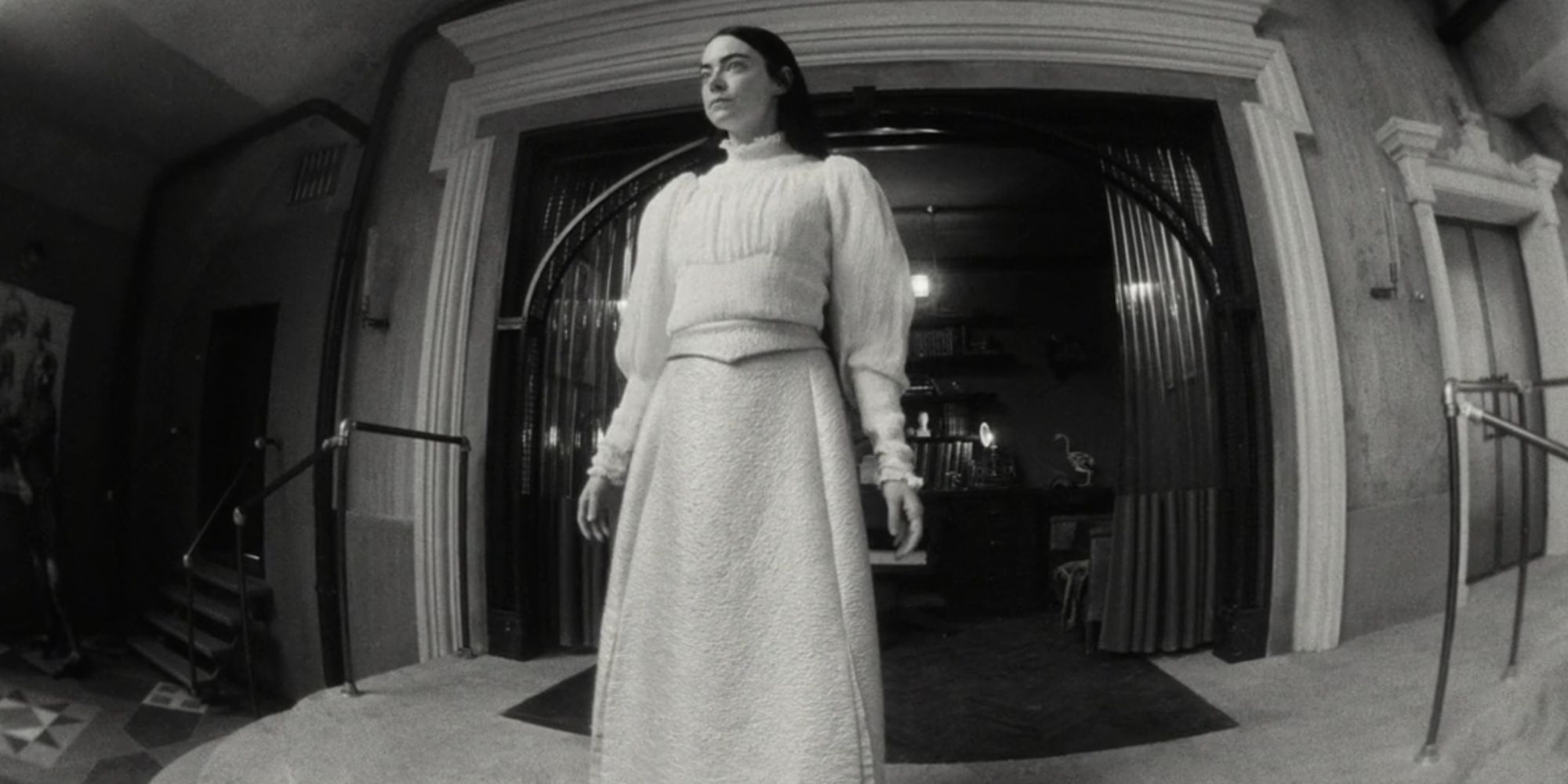
Poor Things uses additional techniques to draw focus to its themes beyond its color schemes. One of the most effective ways the movie does this is by the use of a fisheye lens. A lens such as this gives the shot a semi-distorted and especially panoramic appearance. Poor Things uses the fisheye lens during moments of especially intense emotion to make them more prominent. For instance, Bella states that she is “Dizzy with excite” when announcing to Godwin that she intends to leave with Duncan.
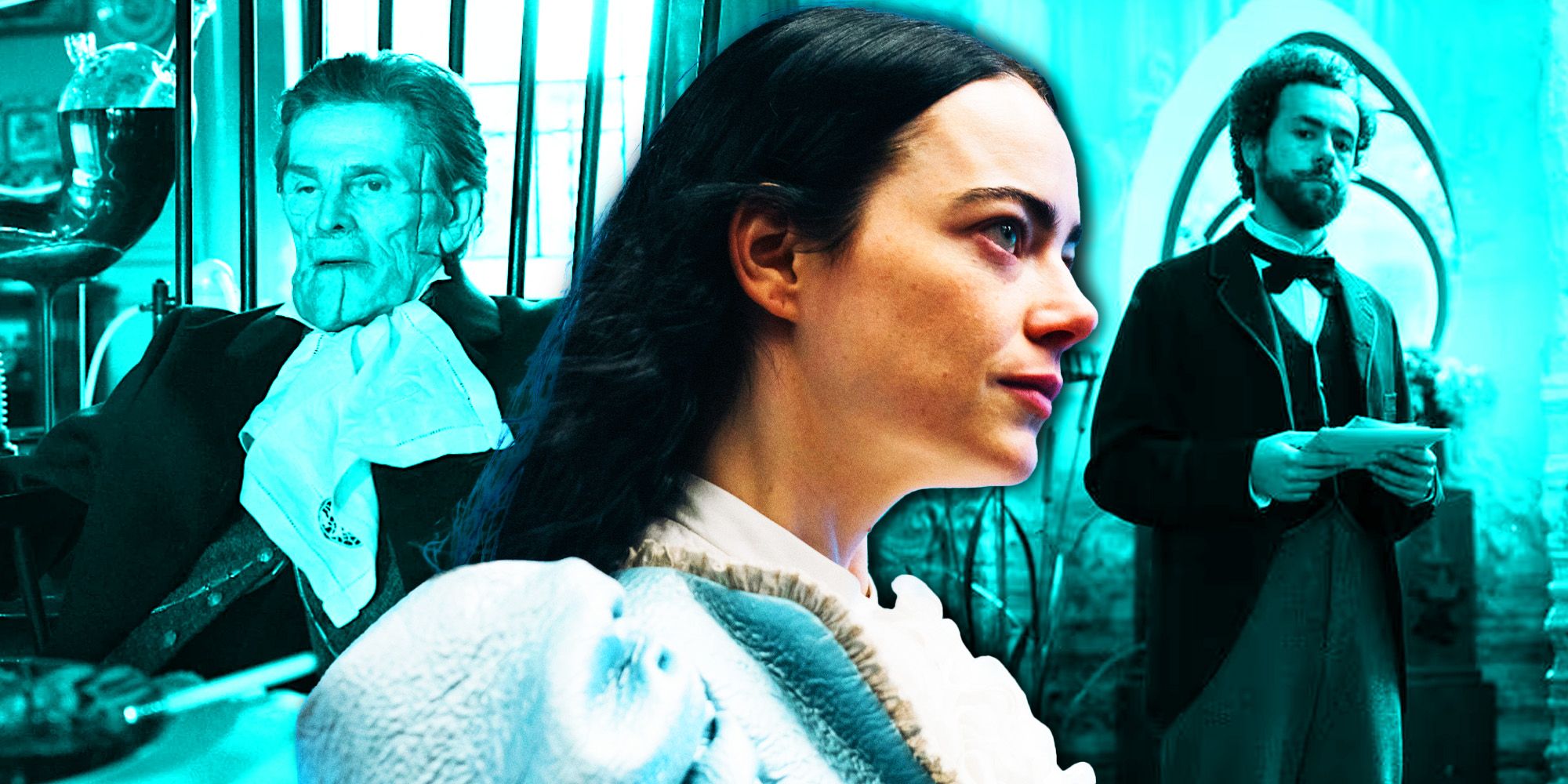
Related
Poor Things Finally Gives Closure To A Classic Horror Monster
Poor Things takes a lot of inspiration from a classic horror novel, and through one character, it finally gives closure to a tragic horror monster.
Bella’s excitement isn’t made clear by her underdeveloped social skills, but the fisheye lens helps solidify it. Although the lens is a helpful tool, Poor Things also makes use of an especially lively camera. There are several instances where the camera zooms either in or out while its positioning remains static. Almost all of these moments line up with Bella learning something new, or processing an emotion of which she had been previously unaware. So, with color changes and various camera techniques, Poor Things has several ways of getting its message across beyond the performance of its actors.
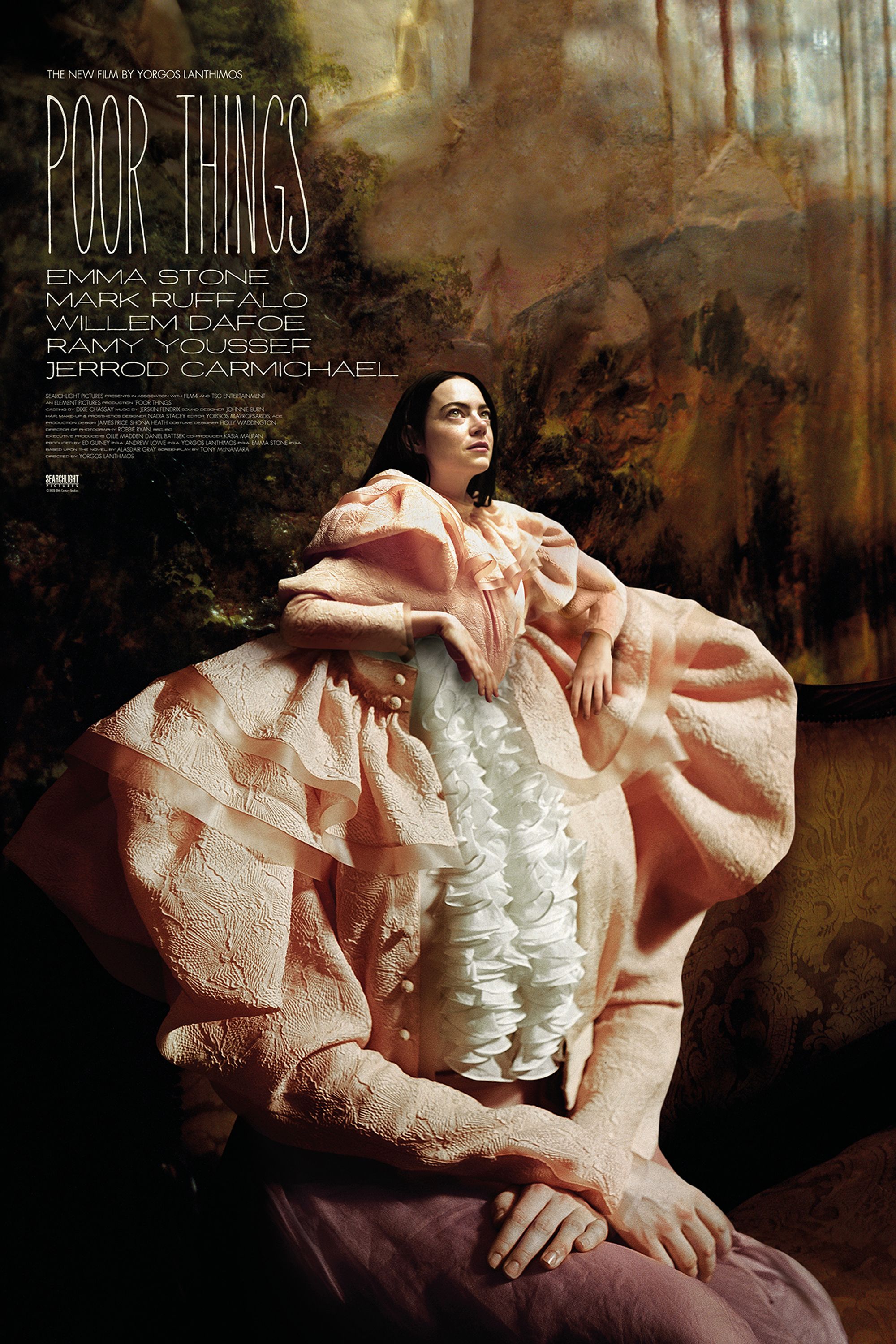
Poor Things
*Availability in US
- stream
- rent
- buy
Not available
Not available
Not available
Poor Things is a sci-fi romance film from The Lobster director Yorgos Lanthimos. The story focuses on the bizarre and fantastical world of Bella Baxter after a scientist named Dr. Godwin Baxter brings her back to life. The film is based on the 1992 novel of the same name by Alasdair Gray.
- Director
-
Yorgos Lanthimos
- Release Date
-
September 8, 2023
- Studio(s)
-
Film4
, TSG Entertainment
, Element Pictures - Cast
-
Emma Stone
, Willem Dafoe
, Mark Ruffalo
, Ramy Youssef
, Jerrod Carmichael
, Christopher Abbott - Runtime
-
141 Minutes
